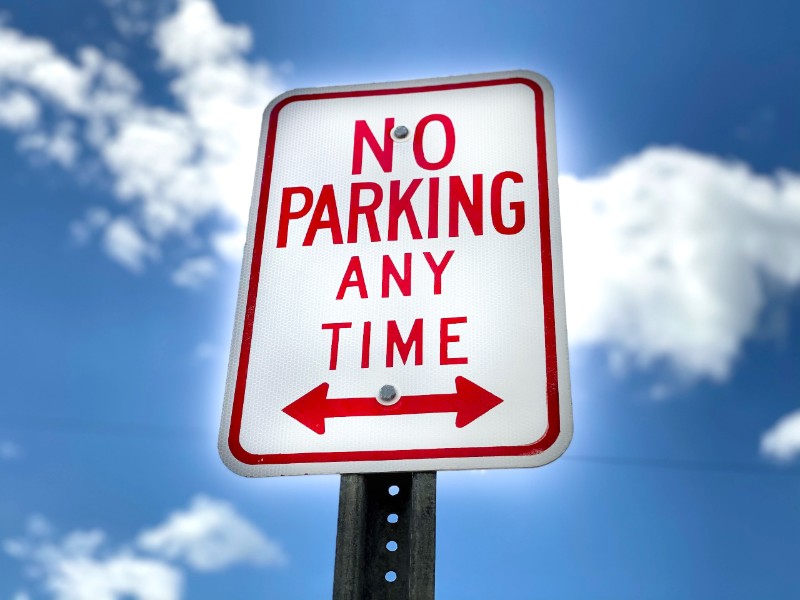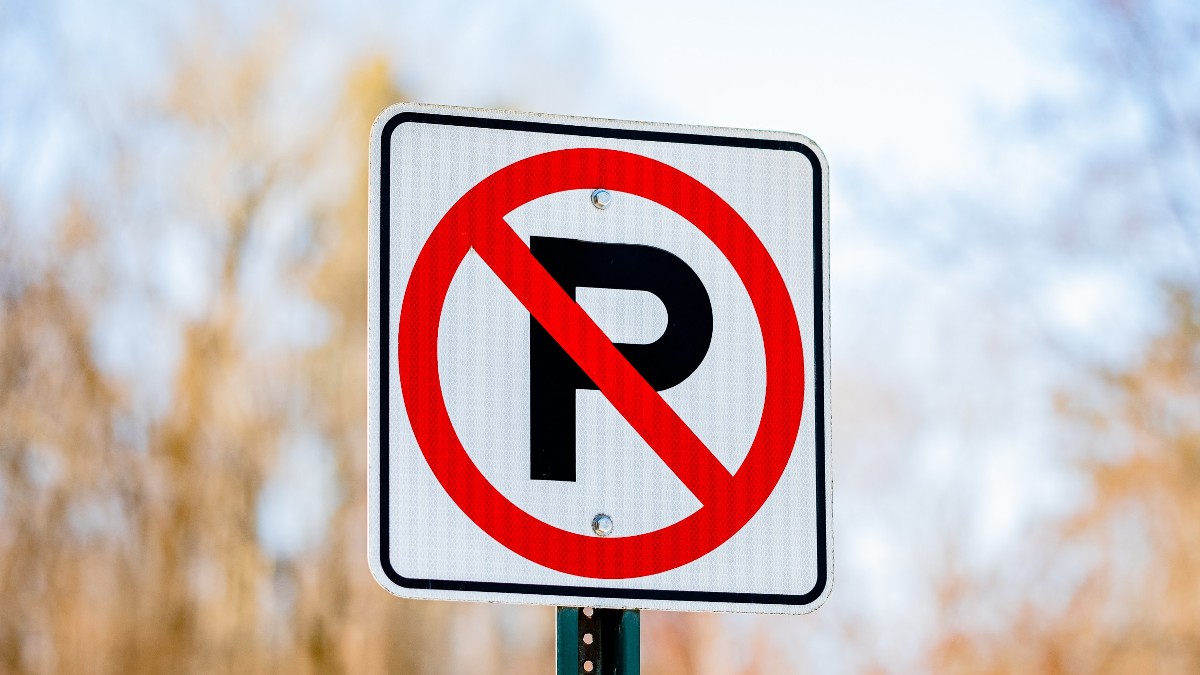Road signs are supposed to be helpful and make navigation easier for drivers, right? Only if this was the case all the time. Some road signs are so confusing that they can make drivers’ heads explode. As if driving itself isn’t a stressful activity. In this article, we’ll be taking a look at a road sign that may be confusing to some folks, the ‘No Parking on ROW’ sign.
No Parking On ROW means vehicles can’t park on any part of the road. The right of way refers to the legal right to pass through a road, and whenever you see the aforementioned sign, parking on any part of the road will be reaching that right.
All you need to understand the No parking on ROW sign is to know what the right of way means. Suppose you know what right of way means, then you know where not to park. Below, you’ll find a detailed explanation of the right of way, the meaning of No Parking on ROW, and the importance of traffic signs. Here we go.
Understanding the Right of Way (RoW)
To many people, the right of the way sounds like the right side of the road. But this isn’t the case. The right in Right of Way has nothing to do with the right-hand side. This right isn’t the opposite of the left. Instead, it’s a legal right.
The right of way is the legal right to travel on a particular road. ‘Way’ is used here because the term was used historically to describe the routes drivers pass through. And that makes it synonymous with road or street. The term is still preserved in words like ‘highway’ and ‘subway.’ You can also find it in some specific road names like Boozer Way, Car Horizon Way, and so on.
If the term was to talk about the right-hand side of the road, the word ‘side’ or ‘of’ would have been added. So, it would now be something like ‘No parking on the right side of the road’ or ‘no parking on the right of the road.’ But this isn’t the case, as the right here is the legal right to pass through the road.
Right of way can also refer to the priority of traffic flow. Take, for instance, if you reach an intersection at about the same time as another vehicle, the vehicle that reached the intersection last has to yield the right of way to the one that reached there first. And this means the last vehicle will wait and let the first vehicle go first.
If both vehicles reach there at the same time, the driver on the left will have to yield the right of way and let the driver on the right side go first.
Vehicles, motorcycles, and bicycles must always yield the right of way to pedestrians at intersections and crosswalks. When a vehicle is turning left at an intersection, they have to find the right of way to oncoming traffic. Drivers also have to yield to emergency vehicles, construction vehicles, construction workers, and school buses.
There is an order for who to go first when two vehicles meet on a narrow mountain road that’s only wide enough to allow one vehicle to pass at a time. The vehicle going downhill has to yield to the one going uphill. However, the vehicle going uphill may have to yield if it’s more practical for them to do so.

What Does No Parking on ROW mean?
Now that you know what right of way (ROW) means, you should already have some idea about what no parking on ROW means. The sign simply means you shouldn’t block the road. You aren’t allowed to park on any part of the road that people have a legal right to pass through.
This sign comes in handy on narrow streets where cars parking on the sides of the road may affect traffic flow. So, when you see the no parking on the ROW sign, you should immediately know you aren’t allowed to park on any portion of the road.
The Importance Of Traffic Signs
As a driver, you need to have a good understanding of road signs. In fact, you’ll be tested on your knowledge of road signs as part of the application process for receiving your driving license.
Road signs are just there for aesthetics. They are there to make roads safer for everyone. If you ever need a reminder of the importance of road signs, here they are:
They Warn About Dangers That May Not Be Obvious
Most people think traffic signs are just there to tell you how fast to travel or when to stop. But traffic signs do a lot more than this, as they can warn you about hazards that may be immediately obvious. Take, for instance, a vehicle approaching a sharp bend. Without road signs, the chances of collisions and road accidents will be very high. But if a sign is, drivers immediately know what to expect and can react accordingly.
This also applies to construction zones. Road signs can tell you that construction is ongoing and the route may be different. You’ll also know to watch out for construction workers.
Protects Pedestrians and Cyclists
Road users aren’t limited to those behind the wheel. It encompasses everyone that makes use of the road, and this includes pedestrians and cyclists. Road signs can alert drivers of pedestrians’ presence while telling the latter when to cross a road. Cyclists also know the routes to take and when you yield to pedestrians.
Managing Traffic Flow
Big cities usually get a lot of traffic, and it’s important to have some kind of order to manage traffic flow. Road signs can provide this order and help traffic flow more easily while reducing the likelihood of accidents.
There are consequences to failing to obey traffic signs. You could be arrested, fined, or charged to court depending on the severity of the offense. So, if one’s safety and that of other road users aren’t enough to obey traffic rules, perhaps the penalties will do the trick.

